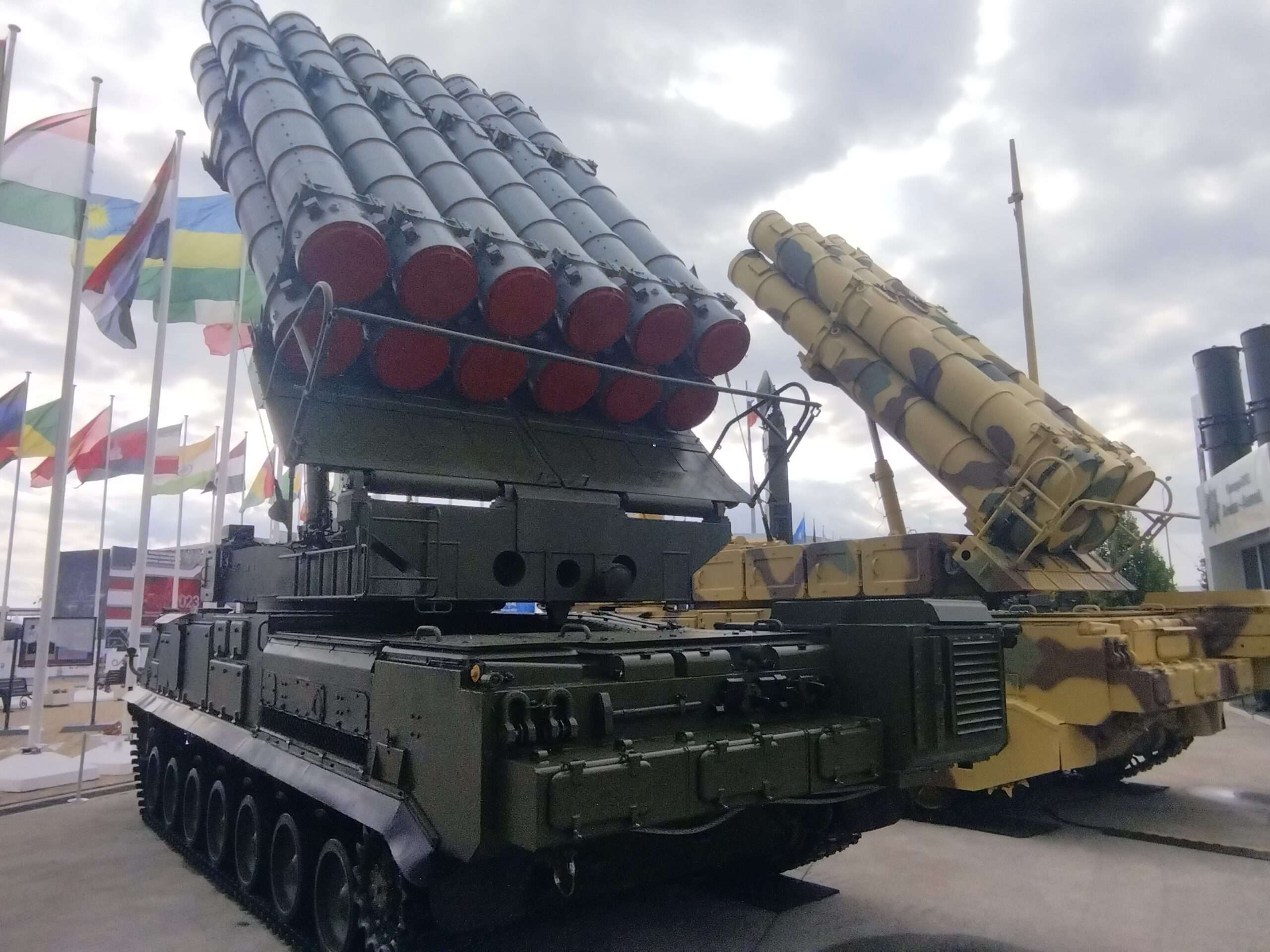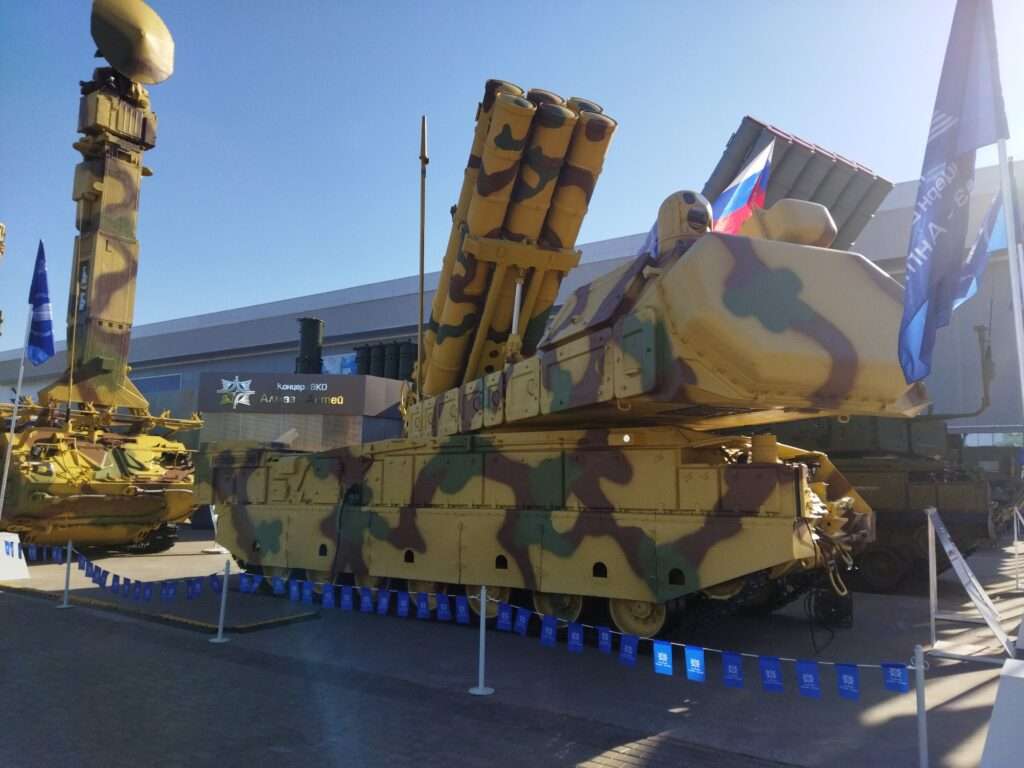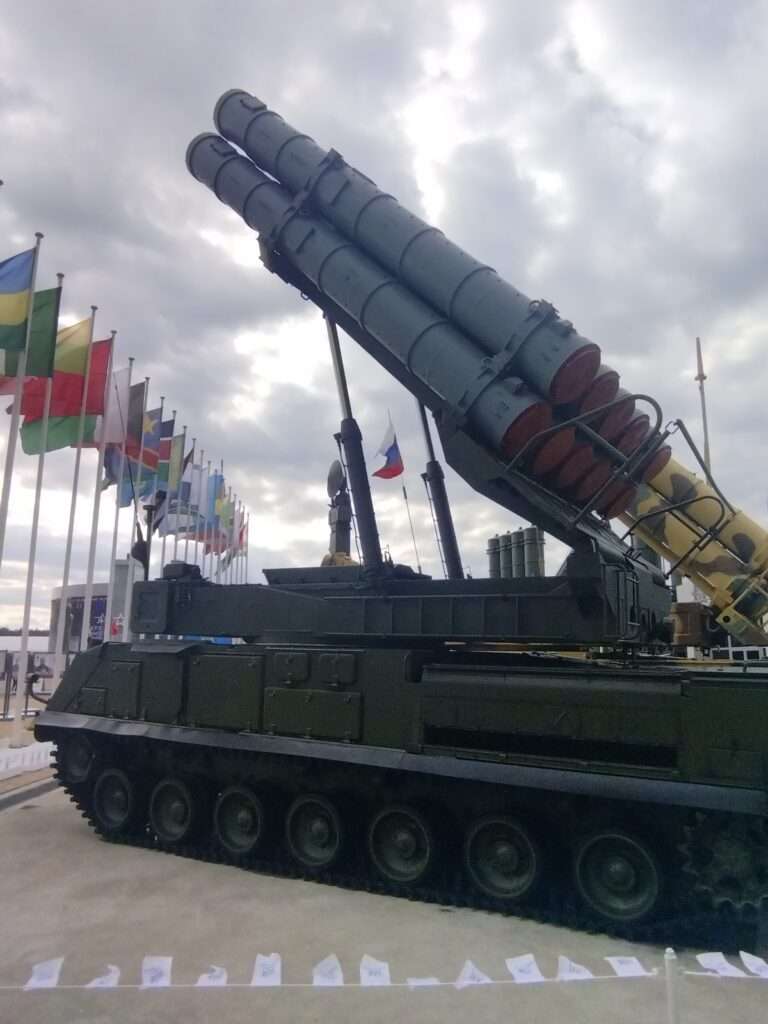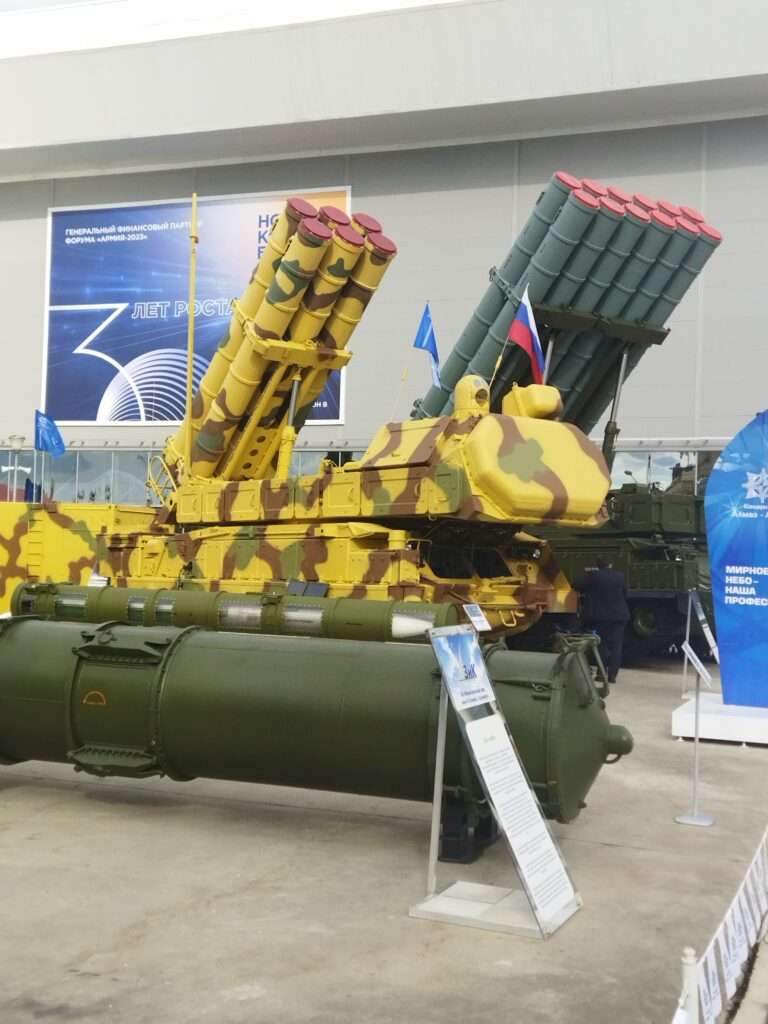
CAWAT, April 4. The Russian Viking medium-range air defense system (export version of the Buk-M3 air defense system) is superior to analogues from NATO countries, in particular, the German IRIS-T SLM, the Norwegian-American NASAMS III and the SAMP/T of the Eurosam consortium, in terms of combat performance and combat sustainability.
This opinion, as reported by TASS, was expressed by experts from the Analytical Center for Aerospace Defense in an article for the National Defense magazine[1].
“All Western manufacturers report the unique rate of fire of their launchers – they can shoot 6-8 missiles in 10 seconds. At the same time, only for SAMP/T the number of target channels is revealed – 10. And using the example of SAMP/T, one can see that the rate of fire of the launcher is not equivalent to the fire performance of the complex as a whole,” write the authors of the article.

So, after firing 10 missiles from SAMP/T, all target channels are overloaded due to the peculiarities of the missile guidance scheme, and the next launch becomes possible only as the channels are released. In the medium-range zone, the waiting time will be from 15 to 60 seconds depending on the distance to the target. At the same time, the interval between launches of the Viking is two to three seconds.
“But the system (Viking) as a whole has 36 target channels and 72 missile channels. As a result, having slower-firing launchers, the Viking has noticeably greater fire performance in its area of responsibility,” the experts explained.
As TASS notes, citing experts, the advantage of the Viking is its tracked chassis, which allows it to operate without being tied to paved roads and in a wide range of climatic conditions. The experience of modern combined arms battles shows that the mobility and combat stability of military equipment are directly related.

In addition, the Viking has a higher deployment speed of the main combat assets from marching formation to combat formation – only 5 minutes, the entire system is deployed in 10 minutes. Also, the Russian air defense system is capable of leaving a position with its systems turned on within 20 seconds after the missile launch. Another factor in ensuring its combat stability is its 15 mm armor.
At the same time, foreign medium-range systems are mounted on a wheelbase, which requires good roads. Western air defense systems are deployed from marching formation to combat formation in 10-15 minutes depending on the type.

“The combat stability of the IRIS-T SLM and SAMP/T batteries is also sharply weakened by the presence of only one radar in their composition. After the radar is hit, all the means of these systems fail. It is worth noting that the Kongsberg developers recognized this threat: the NASAMS III battery includes six to eight radars – approximately one for every two launchers. This proportion approximately corresponds to that of the Viking air defense system,” the authors note.
Thus, high maneuverability allows the Viking to quickly move into position and engage in battle, and after completing the task, leave the dangerous area to avoid a retaliatory strike.
In conclusion, the authors of the analysis came to the conclusion that in the West, in the organization of air defense, preference is given to air- and sea-based systems, and ground-based air defense systems are developed on a residual basis.
“In the IRIS-T SLM air defense system, the number of missiles and their range make the radar capacity many times redundant. In SAMP/T, on the contrary, the performance characteristics of the radars do not allow them to realize all the capabilities of the missile defense system. The high rate of fire of the launcher is not consistent with the number of target channels. “A squadron sails at the speed of the slowest ship” – this old principle is perfectly suited for assessing the capabilities of modern Western medium-range air defense systems,” the article emphasizes.
Unlike its Western counterparts, the Russian Viking has balanced characteristics of reconnaissance range and guidance range, the number of tracked targets, fire, target, missile channels, anti-aircraft missiles and the size of its ammunition – all of these characteristics are consistent with each other.
“For a number of characteristics, the Viking air defense system is a world record holder. But the main thing is that he has no weak points. None of the subsystems slows down the complex as a whole; each works to increase its performance characteristics. If we take into account the high maneuverability characteristics and good combat stability, it becomes obvious that we have an air defense system that is optimally suitable for participation in combined arms combat,” TASS quotes the authors of the article.
[1] https://oborona.ru/product/zhurnal-nacionalnaya-oborona/sravnenie-sovremennyh-zrk-srednej-dalnosti-45586.shtml








MY